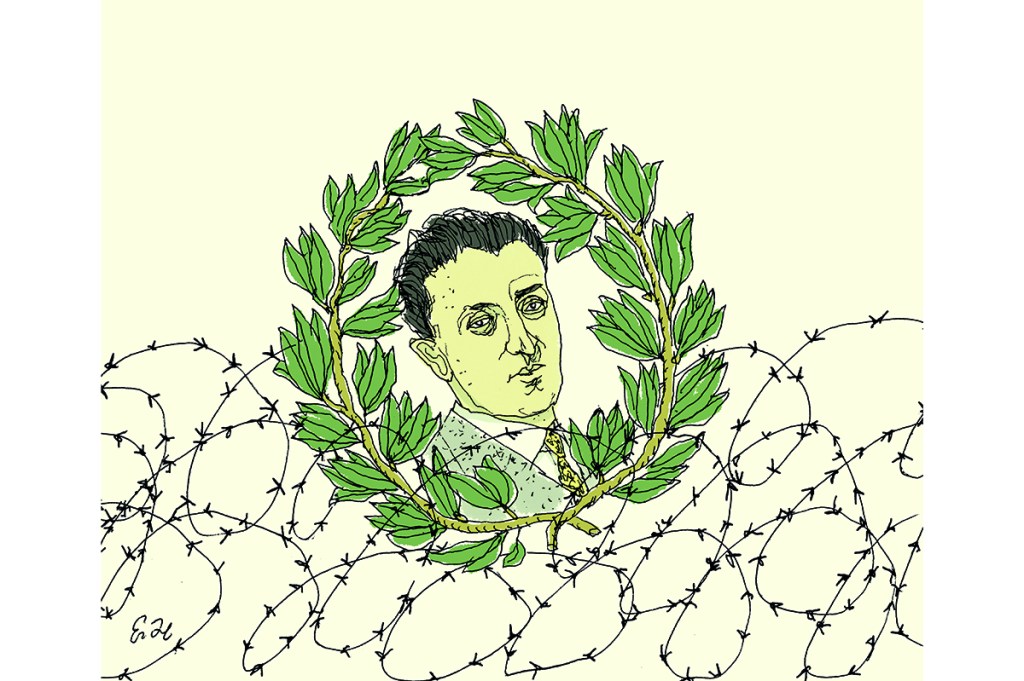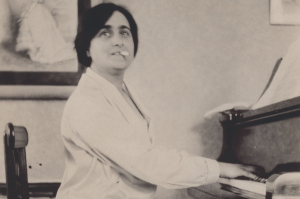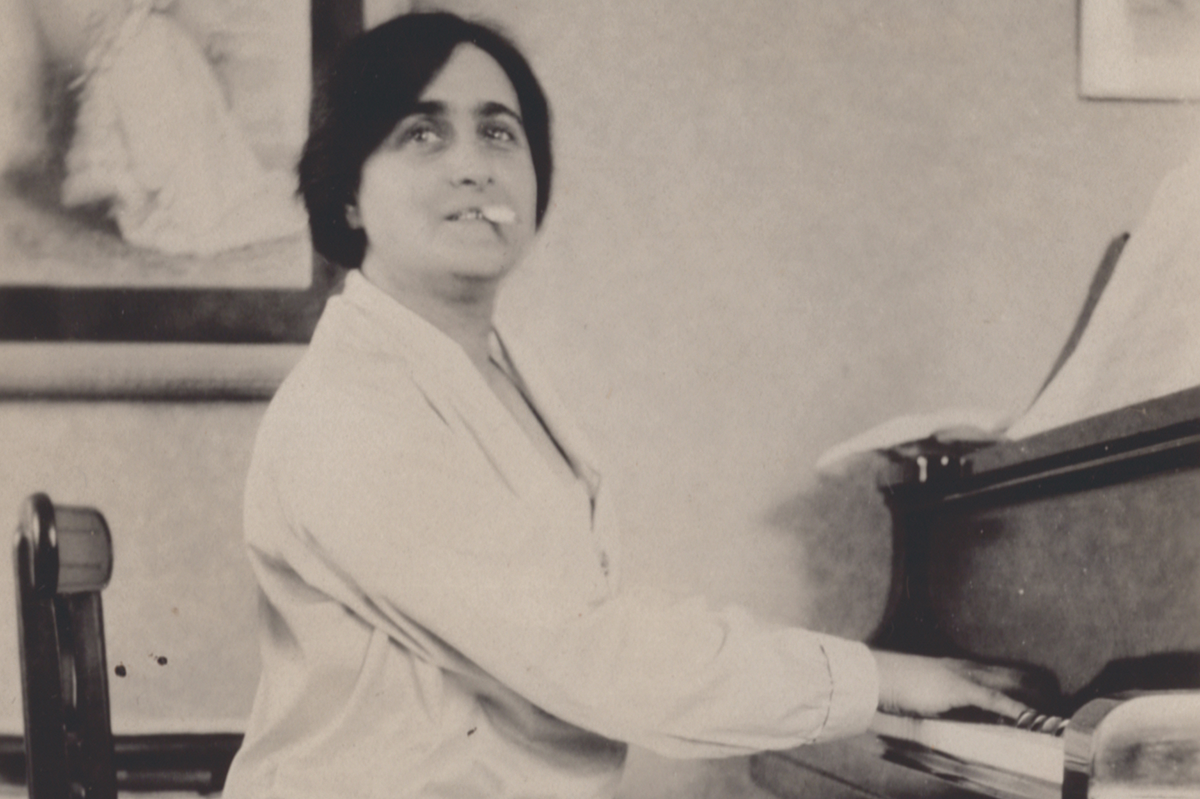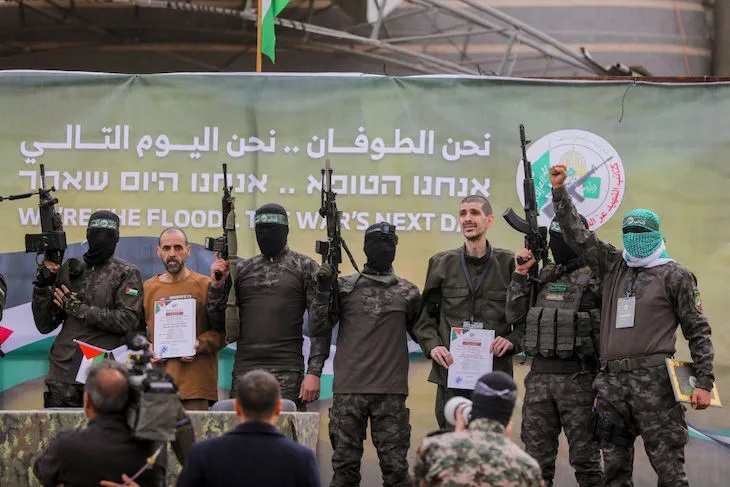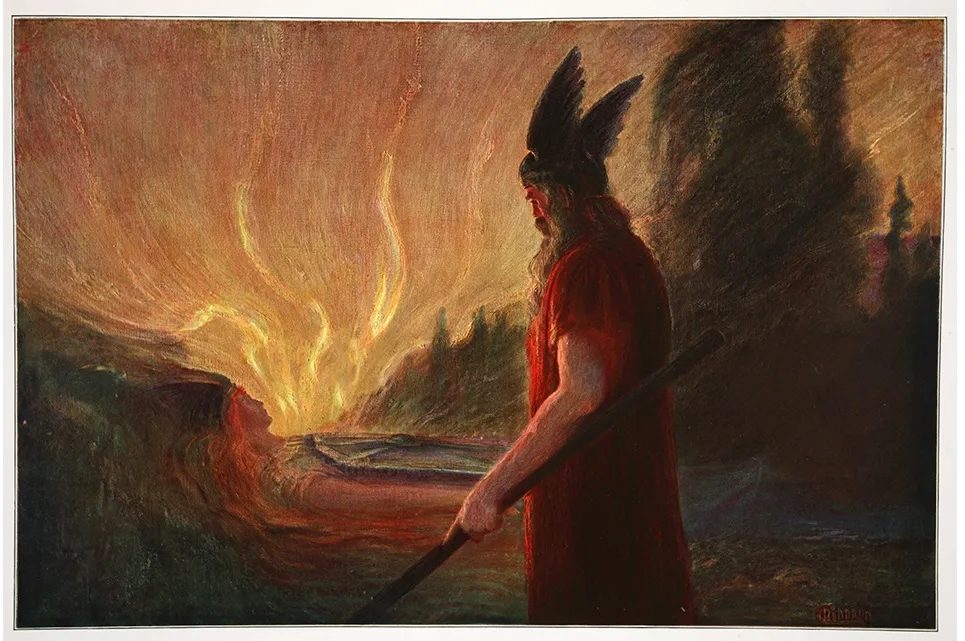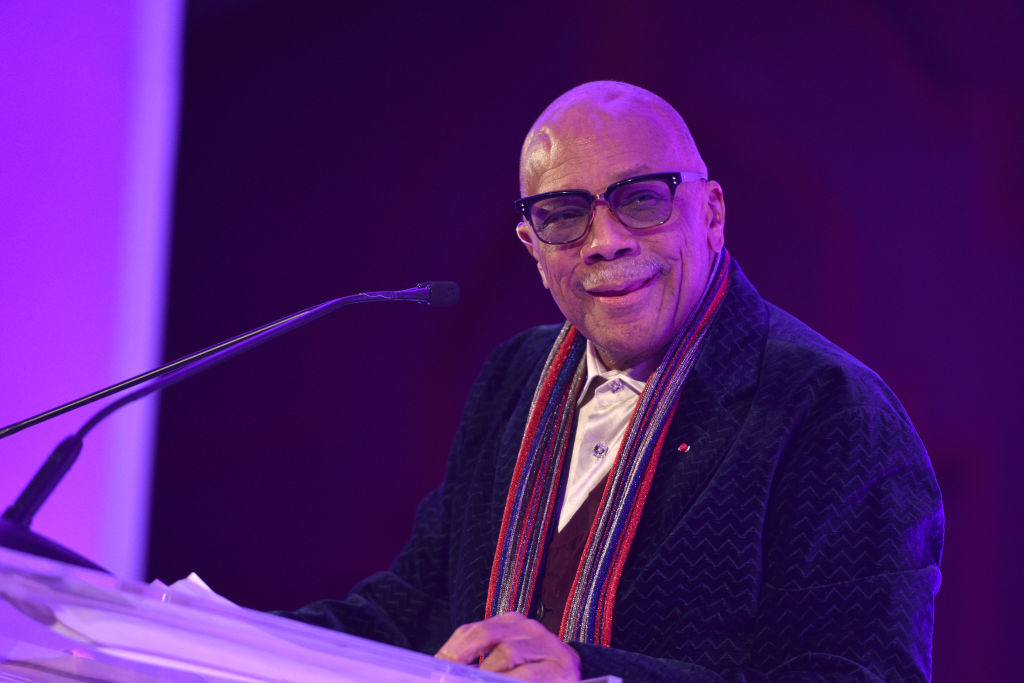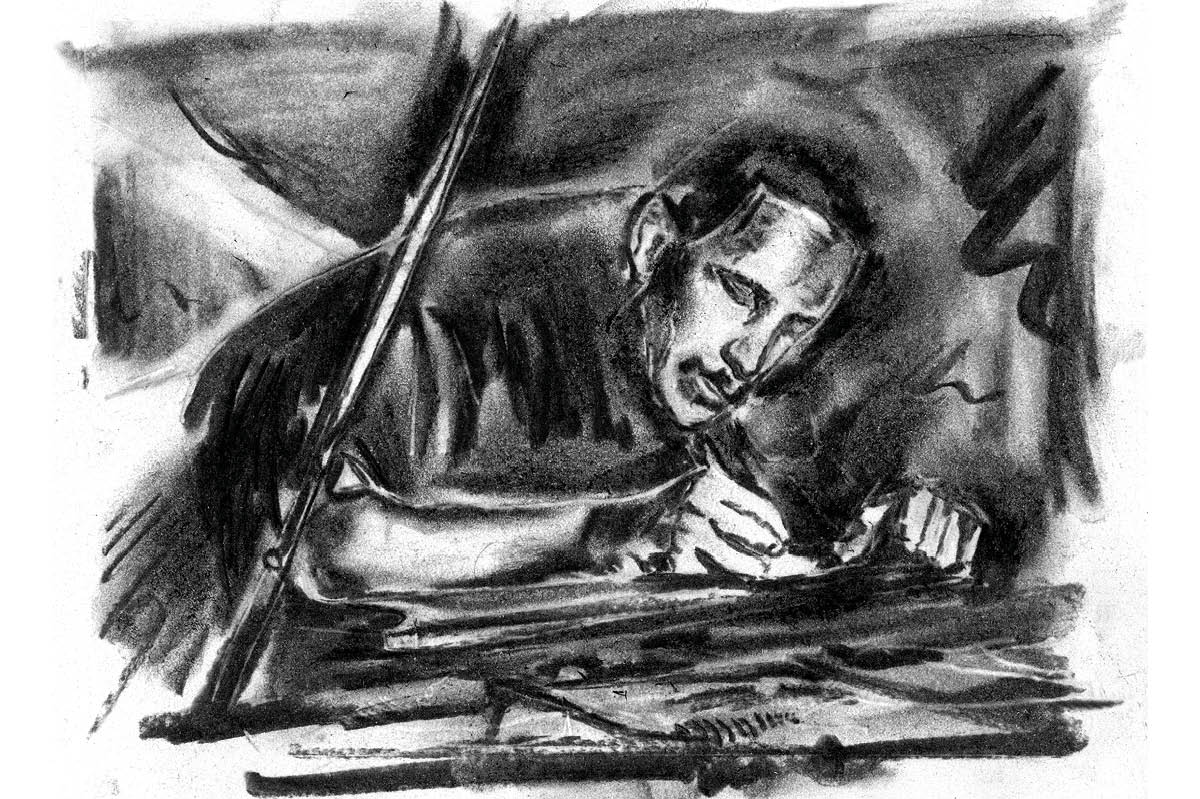It was all glitter at Blues Alley in Washington, DC when the trumpeter Terence Blanchard, who is the composer of a widely hailed opera called Fire Shut Up in My Bones that was recently performed at the Met, appeared in March with his E-Collective band as well as the Turtle Island Quartet to play several sets. Blanchard wore iridescent tennis shoes and played a miked trumpet with extra reverb that almost looked as though it was glowing in the dark. Periodically, he would tap his right foot onto an electronic device on the floor that manipulated his tones to extend them into the ether. Indeed, his audacious high notes lingered on long after he had stopped blowing.
The collective is Blanchard’s foray into the world of deep funk. It definitely makes an impact. Given that my wife and I were seated about a mere six feet from the band, it sounded like an earth mover was in the vicinity. Added in for good measure was a string quartet — yes, you’re reading right — that had to battle, manfully at times, to make itself heard. Was the result cacophony or music? Somewhere in between. It was both figuratively and literally a blast to listen to — I used my iPhone to clock the decibel level at one point, arriving at well over 100dBs — but I came away thinking that you can meld classical music more successfully with jazz than jazz with classical. Part of me loved it; the other part wondered what the hell was going on.
A very different but also unconventional experience was in store in April at the Music Center at Strathmore (in Bethesda, Maryland), which hosted a concert titled “Defiant Requiem: Verdi at Terezín.” I had been invited by my friend Wolfgang Pordzik, the former head of the Konrad Adenauer Foundation in Washington, who devoted much energy and effort to promoting German-Jewish reconciliation. The concert featured not just an orchestra but also a piano, not to mention several choruses.
It was one of the most profound concerts I have attended, both because of the superb artistic merit of the production and because it functions as a tribute to a heroic performance of the Requiem by Jewish prisoners of the Theresienstadt concentration camp. My father’s parents were incarcerated at Theresienstadt. My grandfather died there, and my grandmother was transferred from Theresienstadt to Auschwitz, where she perished.
The conductor and educator Murry Sidlin unearthed the remarkable story of the original Theresienstadt performance of Verdi’s Requiem several decades ago. In 1994 he came across a book called Music in Terezín, 1941-45 that included a discussion of the imprisoned conductor Rafael Schächter. Sidlin was fascinated. “I couldn’t believe what I was reading,” Sidlin told the Detroit Free Press. “In the last paragraph, it said that while he was in Terezín, he put together a chorus of 150 and taught them the Verdi Requiem by rote. I thought to myself, ‘impossible.’” Not so. It turned out Schächter, who was a graduate of the Prague Conservatory, had employed a smuggled score, a piano and a choir of 150 Jewish prisoners to perform the Requiem no fewer than sixteen times between 1943 and 1944.
Sidlin learned Schächter even directed a compelled performance before Nazi bigwigs and the International Red Cross in 1944. The Nazis had put on a kind of Potemkin-village display that included the Requiem. They also made a movie of the camp — excerpts were shown during the concert — and it was supposed to convey the impression it was a kind of benign “retirement settlement.” Schächter survived Theresienstadt but died at age thirty-nine during a Nazi death march, a month before the liberation of Czechoslovakia.
The contemporary performance, which honors Schächter and fellow prisoner-musicians, began in darkness. The concertmaster, Herbert Greenberg, played the beginning of the Bach Chaconne before a loud train whistle shattered the calm. Then the Requiem began with piano, showing us how it originally sounded in the camp, before the full orchestra entered. The brass playing was explosive and powerful, amplifying the dread that was evoked by the film testimony of survivors. One high point was thus the Dies Irae.
But perhaps the most moving part came at the very end, as the audience was asked to refrain from applauding. The singers and orchestra slowly filed out as Greenberg played “Oseh Shalom,” a prayer that concludes the Mourner’s Kaddish. The song hovered in the air as the choir left the hall until it faded away completely. At the reception afterward, I learned that Sidlin will be conducting another performance of this unique version of the Requiem in Amsterdam. At a time of mounting anti-Semitism in Europe, and beyond, his astounding production deserves the widest possible attention.
This article was originally published in The Spectator’s July 2022 World edition.



